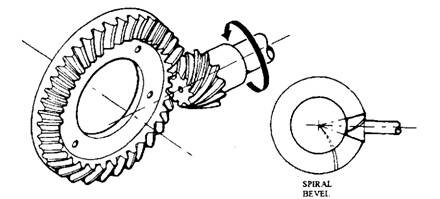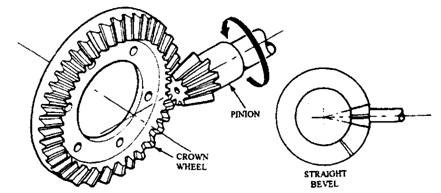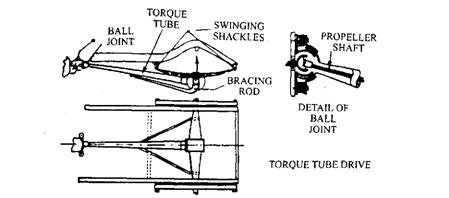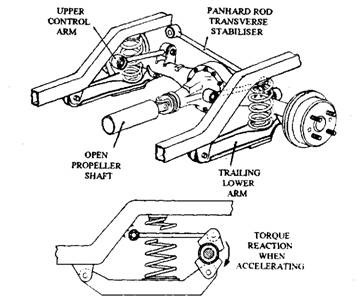Hypoid Gear

Hypoid Gear This type of gear (Fig. 26.37) is the commonly used now a days. The pinion axis of this gear is offset to the centre line of the crown wheel. Although the gear can be placed above or below the centre, but in cars it is always placed below to allow for a lower propeller shaft so that a reduction in the tunnel height is possible. Pinion offset can vary with the application, but an offset of one-fifth the wheel diametre is commonly used. If the axis is lowered, the tooth pitch of the pinion increases, so that for a given ratio, the pinion diameter can be larger (30 percent for normal offset). This enables the use of a stronger gear specifically on commercial vehicles. Fig. 26.37. Hypoid bevel. A hypoid is considered to be halfway between a normal bevel and a worm drive. In the former case a rolling action occurs, whereas the latter case is totally sliding. An increase in the sliding motion in the hypoid gear reduces meshing noise, but the high temperature and pressure of the o




